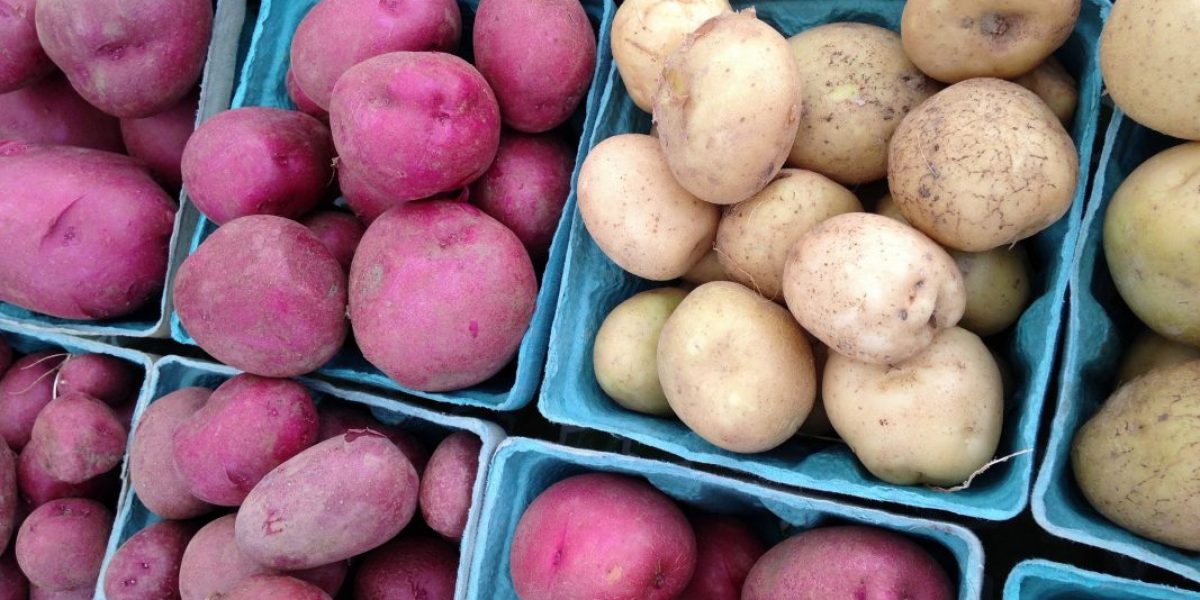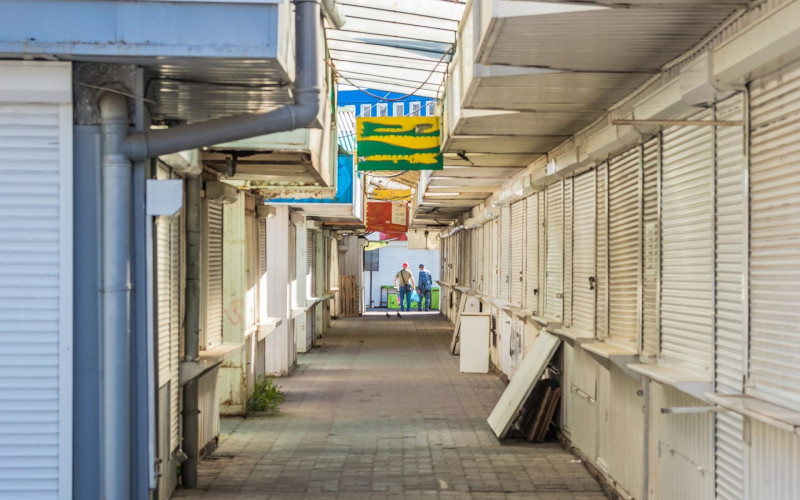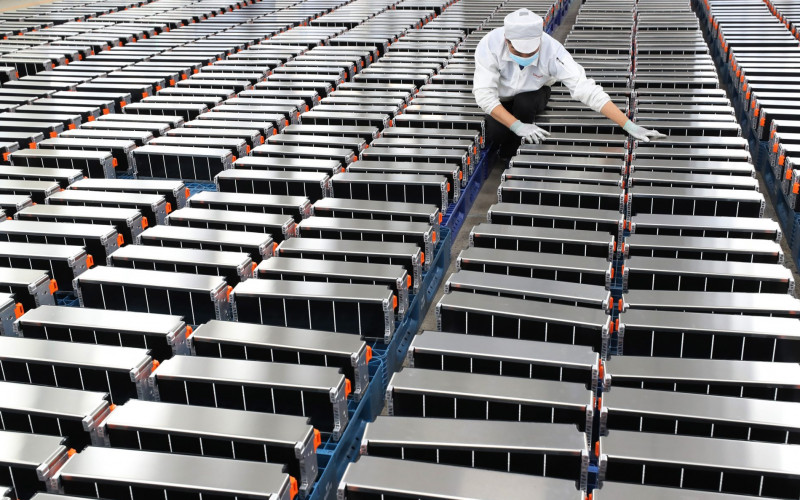Apparently, that wasn’t enough to motivate Africa’s leadership to promote reforms that would provide lasting food security on the continent. The succeeding years were punctuated by a series of heart-wrenching famines: Ethiopia in 1984; Somalia and southern Africa in 1992; Zambia, Zimbabwe and Malawi for the past three years running. The amount of food available per capita in Africa today is 3% lower than levels 15 years ago. Some 200 million Africans live with persistent hunger; 33 million of them are children.
Those numbers coincide with equally dramatic economic figures. Since 1974, sub-Saharan Africa’s average GDP has declined by 11%. The humanitarian consequences hardly need spelling out: The proportion of Africans south of the Sahara living on less than $1 a day rose from 48% in 1970 to 60% in 1995.
These are the starker findings of two equally important studies that we examine in this issue of eAfrica: a scientific assessment of Africa’s agricultural sector conducted by the InterAcademy Council on behalf of UN Secretary General Kofi Annan; and the World Economic Forum’s annual survey of Africa’s economic competitiveness.
As grim as the indicators are, there is reason for optimism. Both studies innumerate a range of solutions that coincide with the vision African reformers have themselves promoted through the New Partnership for Africa’s Development. There’s no ‘silver bullet’ fix to the continent’s problems. Africa’s leaders, working with business and donors, need to adopt a coherent strategy for growth and development. The IAC and WEF reports map the way forward.
Because agriculture is central to economic stability in Africa, food security is a reflection of the state of governance. Africa has abundant human and natural resources. As far as we can tell, the only thing missing is political resolve.







